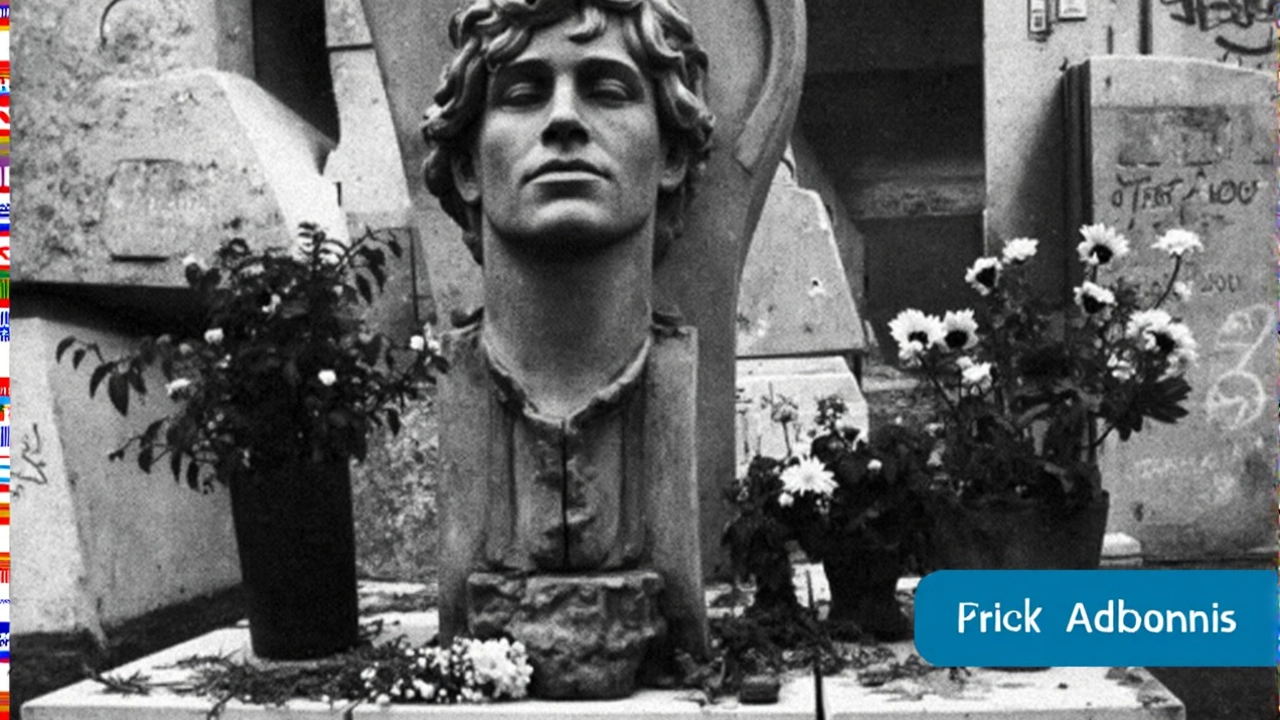The Mysterious Disappearance—and Return—of a Rock Legend’s Bust
It’s the kind of story you could mistake for rock ‘n’ roll urban legend, but it really happened: after vanishing from Père Lachaise Cemetery in 1988, the iconic bronze bust of Jim Morrison has just surfaced again in Paris. Police didn’t set out to find it—instead, they stumbled across the long-missing sculpture during a surprise twist in an unrelated investigation. While officials are keeping tight-lipped about the details, the Paris Regional Judicial Police did confirm the bust’s recovery, calling it a “symbolic icon for the singer’s fans.” You can imagine the relief rippling through Morrison devotees: for almost four decades, people have left flowers and tributes at his grave, but the absence of the original bust left a void.
The story stretches back nearly as far as Morrison’s myth. Croatian sculptor Mladen Mikulin created the bust in 1981 to mark the tenth anniversary of Morrison’s death. It sat at the American rock star’s tomb for just seven years. Then, seemingly overnight, it disappeared—likely the victim of vandalism or theft, which the famously bohemian cemetery isn’t immune from. For years, Morrison’s grave, located among literary giants like Oscar Wilde and Edith Piaf, has faced everything from spray-painted lyrics to the theft of relics. The bronze bust’s vanishing act quickly became the subject of whispers, speculation, and obsessive fan theories.

A Grave with Nearly as Many Stories as its Resident
Père Lachaise is a mecca for music pilgrims. You can spot fans year-round perched by Morrison’s resting place, remembering The Doors frontman who died in Paris in 1971. He was just 27—a fact that only cemented his legend and wrapped his death in the same haze that’s followed many rock icons. Officially, Morrison died from heart failure, but the lack of an autopsy left the door wide open for alternative narratives. His grave has become not just a memorial, but a battleground for adoration, with love letters, poems, and often, heavy partying left behind in tribute.
After the bust vanished in the late ’80s, Morrison’s grave saw even more attention. The original simple marker took a beating from both time and overeager fans. By 1990, Morrison’s parents had installed a sturdy new headstone—with an inscription in ancient Greek, roughly translating to “True to His Spirit.” The intention was to honor the mystique, but the missing sculpture always felt like a glaring absence for those who came seeking a piece of music history.
Now, with the bust finally back in official hands, police are checking its condition. If it’s repairable, there’s hope it could return to its old spot, giving future fans a tangible piece of Morrison lore to see up close. Meanwhile, his legacy isn’t slowing down. Just last year, Paris authorities named a bridge after Morrison, right near his old haunt in the Marais. That’s just one sign of how the Lizard King’s pull on the imagination remains as strong as ever—and why this small piece of bronze matters to so many, generations after that fateful night in 1971.

Arlen Fitzpatrick
My name is Arlen Fitzpatrick, and I am a sports enthusiast with a passion for soccer. I have spent years studying the intricacies of the game, both as a player and a coach. My expertise in sports has allowed me to analyze matches and predict outcomes with great accuracy. As a writer, I enjoy sharing my knowledge and love for soccer with others, providing insights and engaging stories about the beautiful game. My ultimate goal is to inspire and educate soccer fans, helping them to deepen their understanding and appreciation for the sport.
view all postsWrite a comment